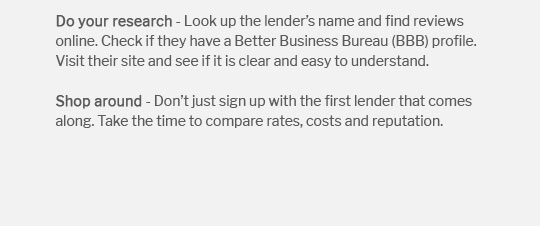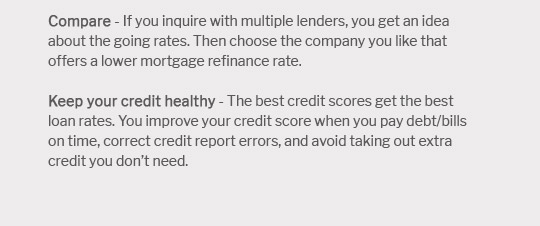 |
|||
 |
 |
 |
||
|---|---|---|
 |
||
 |
||
 |
||
 |
||
 |
 |
 |
 |
Refinance for 1 Percent Less: Smart Strategies to SaveUnderstanding the Basics of RefinancingRefinancing your mortgage can be a strategic move to lower your interest rate by 1 percent or more. This process involves replacing your current home loan with a new one that has more favorable terms. Why Refinance?
Steps to Refinance for a Lower Rate
Considerations Before RefinancingWhile refinancing can offer savings, it's essential to consider the break-even point-the time it takes for the savings to cover the refinancing costs. Additionally, if you're planning to move soon, refinancing might not be the best option. Potential Challenges in RefinancingRefinancing isn't without challenges. It's important to consider potential obstacles such as:
Exploring Different Refinance OptionsVarious refinancing options are available, depending on your situation and goals. For veterans, exploring va mortgage rates cash out refinance might provide additional benefits. FAQ: Refinancing for 1 Percent LessWhat is the best time to refinance for a 1 percent lower rate?The best time to refinance is when interest rates are lower than your current rate, and you can recover the costs of refinancing within a reasonable period. How much can I save by refinancing for 1 percent less?The savings depend on your loan amount and remaining term. Generally, a 1 percent reduction can save thousands over the life of the loan. Are there any risks associated with refinancing?Yes, refinancing can extend your loan term or increase your total interest payments if not managed carefully. https://www.reddit.com/r/personalfinance/comments/kiy80r/is_refinancing_a_mortgage_to_save_1_worth_it/
Divide your closing costs by $200. That's how many months it takes for the refi to pay for itself. After that it's all savings. $200 is half a ... https://www.rocketmortgage.com/learn/how-much-does-one-percent-save-on-mortgage
The typical answer is that if you can save 1% or more, you should refinance. Less, and the picture becomes muddier. ... percent in mortgage ... https://www.cbsnews.com/news/is-1-percent-drop-in-mortgage-rates-worth-refinancing-experts-weigh-in/
If you don't have other debt to consolidate and you're not looking to tap into your home's equity, then a 1% drop in mortgage rates probably isn ...
|
|---|